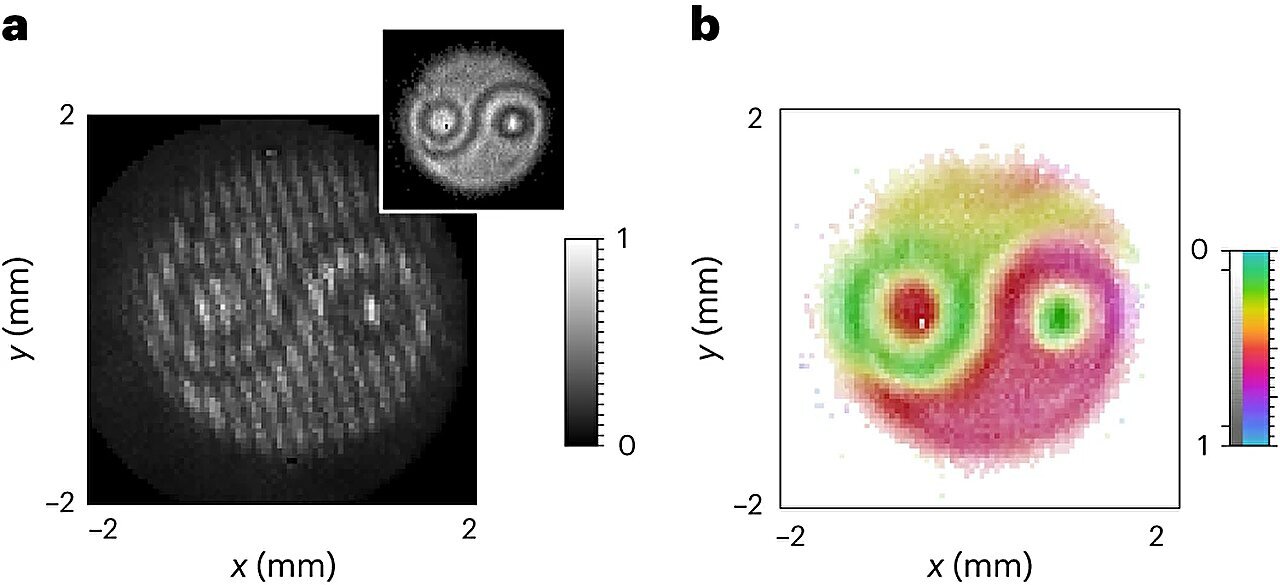This week, scientists contemplated teenage hormones, described cat noises, visualized photon entanglement and—oh!—landed on the moon.
Moon popular: The Indian Space Research Organization landed a spacecraft near the moon’s south pole this week, deploying the Chandrayan-3 rover just hours later. All scientific instruments in the lander and rover were activated and the mission will begin studying the moon’s mineral composition, atmosphere and seismic activity. Notably, Russia’s Luna-25 spacecraft, bound for the same lunar region, spun out of control and crashed on the surface just days earlier.
Humans ordinary: There’s a longstanding consensus that the adolescent growth spurt is a trait unique to humans. “Yep, we’re special, let’s close the book on that one,” said biologists, slamming it shut with a plume of dust that settled across all of the methodological errors by which they arrived at that conclusion.
A multi-institutional collaborative recently dusted off all those scaling problems and incorrect comparisons between body length and weight, producing a new scale-corrected method. They applied it to a dataset of 258 bonobos (slogan: “Bobobos: Like chimpanzees, but nicer”) and found distinct growth spurts in body weight and length in both sexes corresponding with hormonal changes similar to those observed in human teenagers. Data for other primate species also revealed teenage growth spurts and hormonal changes.
So what now, humans, how can you stand apart from all the other primates? Maybe wearing a jaunty little beret or something.
2023-08-26 10:48:02
Article from phys.org



















